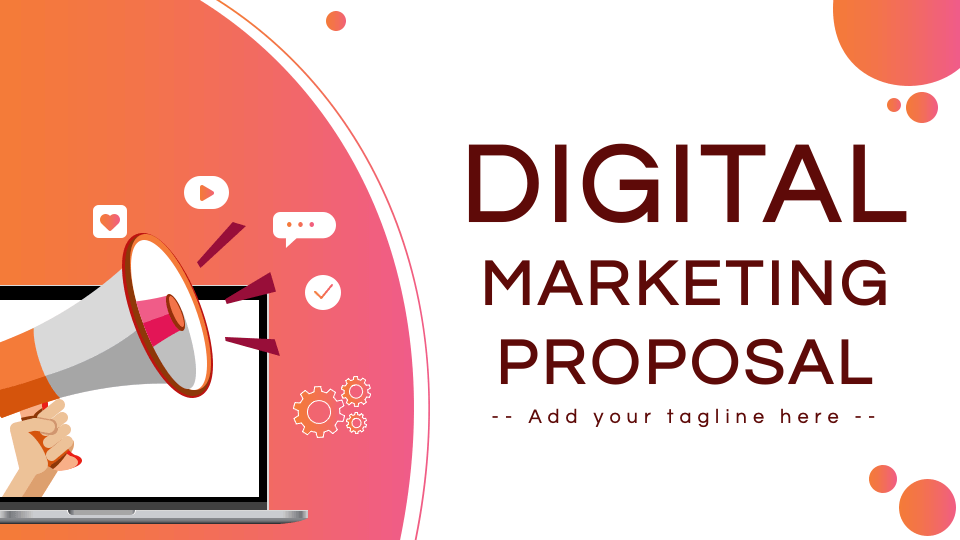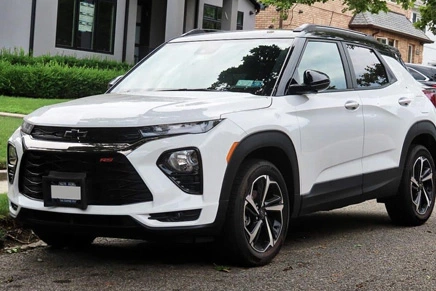In a world where attention spans are shrinking and competition is fierce, the ability to craft compelling digital proposals and marketing pitches can mean the difference between landing a dream client or disappearing into inbox oblivion. Whether you’re a freelancer, agency professional, or marketing executive, you know that a bland proposal can kill even the most promising opportunity. But what if you could create proposals that don’t just inform—but persuade, engage, and convert?
This article breaks down seven proven techniques for crafting digital proposals and marketing pitches that captivate your audience and lead to signed contracts. With a combination of data-backed strategies, real-world insights, and modern marketing know-how, you’ll be better equipped to pitch with power.
1. Start With Research-Backed Personalization
Before you write a single word of your proposal, dive deep into research. Understand your prospect’s pain points, their industry trends, and their competitors. This not only helps you shape a proposal that is hyper-relevant but also makes the client feel seen and understood.
Use tools like LinkedIn Sales Navigator, SEMrush, and Google Trends to gather intelligence. Reference recent news about the client’s company or notable changes in their market. The goal is to tailor your pitch so that it feels like a custom suit—not a template.
Example: “We noticed that your competitors have recently scaled their influencer marketing efforts. Here’s how we can help you build a data-driven campaign that leapfrogs their reach.”
2. Frame the Problem, Then Offer the Solution
Too many digital proposals jump straight into services without clearly identifying the problem first. Great proposals, however, mimic the structure of a well-told story: there’s a challenge, and your solution is the hero.
Start with a short analysis of the issue your prospect is facing, backed by data or trends. Then, position your product or service as the natural, strategic solution to that problem. Avoid generic statements like “we can help with social media marketing.” Instead, be specific: “We’ll increase your Instagram engagement by 35% in 90 days through a targeted content calendar and paid boost strategy.”
This structure not only shows that you understand the problem—it proves that you know how to solve it.
3. Build Trust With Case Studies and Social Proof
People trust people. And in the digital age, nothing builds confidence like strong proof of past performance. Include mini-case studies or short testimonials within your proposals. Mention specific results—metrics, timeframes, and client names (with permission) make your case even stronger.
Pro tip: Use the “Before-After-Bridge” formula:
- Before: Describe the situation the client was in
- After: Show the results after you helped
- Bridge: Explain how your service made that transformation happen
This keeps your pitch grounded in reality while adding persuasive weight.
4. Use Visuals to Tell a Story
A wall of text can turn off even the most enthusiastic client. Today’s digital proposals need to be visually appealing and easy to scan. Use clean design, infographics, process diagrams, and mockups wherever possible.
Tools like Canva, Figma, and Loom allow you to visually explain complex strategies. Embedding a short explainer video (even a 2-minute screen recording of you walking through the proposal) can significantly increase engagement and help humanize your pitch.
Research shows that proposals with embedded video content have a 34% higher close rate, according to Proposify.
5. Showcase Value, Not Just Services
Avoid laundry lists of deliverables. Instead, articulate the value behind every service. Clients don’t buy blog posts—they buy visibility, traffic, and leads. They don’t invest in PPC—they invest in customer acquisition.
For every tactic you propose, answer the “so what?” question. Why does it matter to the client’s bottom line?
Instead of: “We’ll write 4 blog posts per month.” Say: “We’ll publish 4 SEO-optimized blog posts designed to improve your keyword rankings and drive organic traffic from search.”
You’re not just a service provider—you’re a revenue partner.
6. Add Clear Timelines and Deliverables
While big-picture strategy is crucial, clients also want to know what’s happening when. Break your pitch into phases with timelines, key milestones, and responsible parties. This creates clarity and helps manage expectations.
Even a simple roadmap can elevate your proposal’s professionalism. For example:
- Week 1–2: Research & Strategy Workshop
- Week 3–4: Content & Creative Development
- Month 2–3: Campaign Launch and Optimization
- Ongoing: Monthly performance reporting and refinements
This structured flow helps clients visualize the journey—and trust your ability to lead them through it.
7. Close With a Strong Call-to-Action
After you’ve done all the heavy lifting, don’t end with a weak sign-off like “Let me know your thoughts.” Instead, create urgency and guide the next step clearly.
Examples of strong CTAs include:
- “If this proposal aligns with your goals, I’d be happy to schedule a 20-minute call next week to finalize details.”
- “Ready to get started? Just reply to this email, and we’ll send over a contract by EOD.”
You can also use tools like HelloSign or DocuSign to include digital signature options right in your proposal for seamless action.
Why This Matters More Than Ever in 2025
In today’s hyper-competitive digital economy, the way you pitch is just as important as what you’re pitching. According to a 2024 survey by HubSpot, 67% of marketing decision-makers said that a proposal’s clarity and structure directly impacted their purchasing decision.
That means vague, cluttered, or poorly designed proposals are more than a missed opportunity—they’re actively costing you business.
This is where an advanced digital marketing course can make a difference. These programs often teach not just channel tactics, but the strategic communication and sales psychology that underpins high-converting proposals. If your pitches aren’t landing, it might be time to level up your skills.
Final Thoughts on Crafting Digital Proposals and Marketing Pitches
Crafting digital proposals and marketing pitches is no longer just a task—it’s a craft. One that blends storytelling, strategy, psychology, and design. The best pitches are those that anticipate client needs, deliver clear value, and make the decision to say “yes” an easy one.
As marketing continues to evolve, so too must our approach to winning business. Embrace personalization, leverage visuals, and speak the language of outcomes—not just features. When done right, a proposal doesn’t just describe your services—it sells your value.
Frequently Asked Questions (FAQs)
1. What makes a digital marketing proposal effective?
An effective digital marketing proposal is personalized, clearly outlines the client’s problems and your solutions, includes proof of results through case studies, and presents services in terms of value and outcomes. Visuals and structured timelines also enhance readability and professionalism.
2. How long should a digital proposal be?
Ideally, a digital proposal should be 5–10 pages or slides. It should be long enough to explain your strategy and deliverables but concise enough to hold the reader’s attention. Focus on quality over quantity.
3. Should I include pricing in my proposal?
Yes, but be strategic. Offer tiered pricing options or package deals to give clients flexibility. Be transparent about what’s included at each level, and relate pricing back to ROI or value generated.
4. What tools can help me craft better digital proposals?
Tools like Canva, Figma, Loom, Proposify, and Better Proposals can enhance your pitch with visuals, interactive content, and embedded videos. These tools also help you track engagement and streamline the signing process.
5. How can I improve my proposal closing rate?
To improve your closing rate, personalize your proposals, focus on client outcomes, use strong CTAs, and follow up promptly. Incorporating data and social proof also boosts trust and credibility.
6. Is it worth taking an advanced digital marketing course for this?
Absolutely. An advanced digital marketing course can teach you not only technical skills but also persuasive communication strategies that enhance your ability to pitch, present, and close deals with confidence.


